When it comes to lighting, one of the most important yet often overlooked aspects is color temperature.
You’ve likely noticed that some bulbs cast a warm, cozy glow while others give off a bright, crisp light.
This difference is due to color temperature, which is measured in Kelvins (K).
It ranges from warm, yellow-toned light to cool, blue-toned light, and understanding this can completely transform the way you light up your home.
Choosing the right lighting isn’t just about brightness—it’s also about setting the mood and improving functionality.
The two most common types of bulbs, soft white and daylight, each have their strengths depending on the room and its purpose.
Whether you want to create a cozy living space or boost productivity in your home office, picking the right bulb can make all the difference.
Let’s explore how soft white and daylight bulbs influence your space and help you choose the best option for each room.
What is Color Temperature?

Color temperature refers to the appearance of light produced by a bulb, and it plays a crucial role in setting the mood and functionality of a room.
It is measured in Kelvins (K), which determines whether the light appears warm (yellowish) or cool (bluish).
The Kelvin scale helps categorize light into warm or cool tones. Lower Kelvin values (closer to 2000K) represent warm, yellowish light, while higher Kelvin values (above 5000K) create cool, bluish light that mimics natural daylight.
Here’s a quick breakdown of the Kelvin scale:
- Soft White (2700K-3000K): Emits a warm, cozy glow ideal for relaxing spaces like living rooms and bedrooms.
- Daylight (5000K-6500K): Provides bright, crisp light that’s perfect for task-oriented areas such as kitchens, bathrooms, and offices.
Understanding color temperature is key to creating the right atmosphere and making your space more functional.
What is Soft White Lighting?
Soft white lighting refers to light bulbs that emit a warm, yellowish glow with a color temperature between 2700K and 3000K.
This type of lighting closely mimics the look of traditional incandescent bulbs, creating a cozy, inviting atmosphere that feels comfortable and familiar.
Soft white lighting is perfect for spaces where you want to promote relaxation and calmness.
It’s often used in living rooms, bedrooms, dining rooms, and reading nooks because it enhances the warm tones in décor, such as earthy colors and wooden furniture.
Benefits of Soft White Lighting:
- Cozy Ambiance: Soft white lighting helps create a welcoming environment, perfect for winding down at the end of the day.
- Reduces Eye Strain: Its warm tone is gentle on the eyes, making it a great choice for areas where you relax.
- Enhances Warm Color Schemes: Complements warm colors like reds, oranges, and browns, adding depth and richness to the space.
What is Daylight Lighting?
Daylight lighting refers to bulbs with a color temperature between 5000K and 6500K, emitting a bright, blueish-white light similar to natural sunlight.
This type of lighting is ideal for spaces where you need high visibility and focus, as it mimics daylight’s energizing and crisp quality.
Daylight lighting is best suited for task-oriented environments, such as kitchens, bathrooms, offices, garages, and workshops, where clarity and brightness are key for productivity and accuracy.
Benefits of Daylight Lighting:
- Increases Productivity: The bright, natural light helps improve focus and attention, making it ideal for workspaces and task-heavy areas.
- Enhances Visibility: Provides clear, crisp lighting that makes it easier to see fine details and perform tasks efficiently.
- Complements Cool-Toned Décor: Works well with modern and minimalist designs, enhancing cool colors like blues, grays, and whites.
Soft White vs. Daylight

| Aspect | Soft White (2700K-3000K) | Daylight (5000K-6500K) |
|---|---|---|
| Color Temperature | Warm, yellowish hue | Bright, blueish-white hue |
| Best For | Relaxing and cozy environments | Task-oriented, high-visibility environments |
| Common Use Cases | Living rooms, bedrooms, dining rooms, reading nooks | Kitchens, bathrooms, offices, garages, workshops |
| Effect on Mood | Promotes relaxation, reduces eye strain | Increases alertness, boosts productivity |
| Complementary Decor | Warm-toned spaces with earthy colors | Cool-toned spaces with blues, grays, and whites |
| Brightness Perception | Softer, subdued lighting | Bright, natural daylight-like lighting |
Where to Use Soft White LED Bulbs
Soft white LED bulbs are perfect for spaces where comfort and relaxation are key.
Their warm, yellowish hue creates a cozy and inviting atmosphere, making them ideal for the following rooms:
Living Rooms
Soft white bulbs enhance comfort, making living rooms feel more inviting for socializing, watching TV, or unwinding after a long day.
The gentle lighting creates a relaxing environment where people can gather comfortably.
Bedrooms
In the bedroom, soft white bulbs are perfect for promoting restful sleep.
The warm light is less stimulating, helping to create a calming atmosphere that encourages relaxation and a smooth transition into sleep.
Dining Rooms
For dining rooms, soft white bulbs help set the mood for intimate gatherings and family dinners.
Their warm glow creates an inviting space, perfect for enjoying meals and spending quality time with loved ones.
Hallways
Hallways benefit from the subtle, cozy lighting provided by soft white bulbs.
They offer enough light to navigate through the space without overwhelming it, maintaining a welcoming ambiance throughout your home.
Where to Use Daylight Led Bulbs
Daylight Led bulbs, with their bright, blueish-white hue, are perfect for spaces where clarity and focus are important.
Their crisp light enhances visibility and productivity, making them ideal for the following rooms:
Kitchens
Daylight bulbs provide excellent visibility in kitchens, making them ideal for cooking and food preparation.
Their bright, natural light ensures that you can clearly see ingredients, read recipes, and work safely around sharp tools.
Bathrooms
In bathrooms, daylight bulbs are perfect for grooming tasks like applying makeup or shaving.
The clean, bright light mimics natural sunlight, allowing you to see true colors and details, making your morning routine more efficient.
Home Offices
Daylight bulbs help promote focus and alertness in home offices.
Their bright light reduces eye strain and enhances concentration, creating a productive workspace for tackling detailed tasks or working long hours.
Garages/Workshops
In garages or workshops, daylight bulbs are essential for tasks that require high visibility.
Whether you’re working on a DIY project, fixing a car, or handling tools, the bright, clear light ensures you can see every detail, improving safety and efficiency.
Can You Combine Soft White and Daylight in the Same Room?

Yes, you can combine soft white and daylight lighting in the same room, and doing so can be highly effective in certain situations.
The key is knowing how to balance the two to create a functional yet comfortable space.
Daylight for Task Lighting
Daylight bulbs are excellent for task lighting, especially in areas where you need high visibility.
In spaces like kitchens with workstations or home offices, daylight bulbs provide the bright, focused light needed for tasks such as cooking, reading, or working on detailed projects.
Soft White for Ambient Lighting
On the other hand, soft white bulbs are ideal for creating a cozy, relaxing atmosphere.
Use soft white lighting in areas where you want to unwind, such as dining spaces, living room seating areas, or bedrooms.
The warm glow helps set a comfortable, inviting mood.
Best Rooms for Combining Soft White and Daylight
Multifunctional rooms like living rooms or kitchens can benefit from a blend of both soft white and daylight. For example:
- Living Rooms: You can use daylight bulbs for reading nooks or work areas while using soft white bulbs for the main seating area to maintain a relaxing environment.
- Kitchens: Use daylight for task lighting over countertops or islands, while soft white can be installed above dining spaces or under cabinets for a warm, ambient feel.
By strategically placing both soft white and daylight bulbs, you can achieve the perfect balance of functionality and comfort in any room.
Energy Efficiency and LED Lighting

When it comes to energy efficiency, LED bulbs are the clear winners compared to traditional incandescent lighting.
LED bulbs consume significantly less energy while offering the same (or even better) level of brightness.
This means you can achieve the perfect lighting in your home without worrying about skyrocketing energy bills.
Soft White and Daylight in Energy-Saving LED Options
Both soft white and daylight bulbs are readily available in energy-efficient LED versions.
Whether you want a warm, cozy glow for your living spaces or bright, focused light for task areas,
LED bulbs offer long-lasting performance while reducing electricity consumption.
On average, LED bulbs use up to 75% less energy and last 25 times longer than incandescent bulbs.
Dimmers and Smart Bulbs for Custom Lighting Control
For even more control over your lighting, dimmers and smart bulbs are great additions to your setup.
Dimmable LED bulbs allow you to adjust the brightness, helping you fine-tune the ambiance to suit different activities or times of day.
Smart bulbs take it a step further by offering remote control via apps, voice commands, or scheduled settings, allowing you to switch between soft white and daylight as needed without even leaving your seat.
How to Choose the Right Bulb for Your Room

Choosing between soft white and daylight bulbs comes down to a few key factors that can greatly impact the look, feel, and functionality of your space.
Here’s a simple guide to help you make the right decision based on the room’s purpose, the color scheme, and your personal lighting preferences.
1. Room Function: Relaxation vs. Task-Oriented Activities
- Soft White Bulbs: Perfect for spaces where you want to relax and unwind, such as living rooms, bedrooms, and dining rooms. The warm, yellowish glow creates a cozy and comfortable environment, making it ideal for areas where you entertain or relax.
- Daylight Bulbs: Best suited for rooms where you need bright, focused light for tasks. Kitchens, home offices, bathrooms, and garages are perfect places for daylight bulbs. The crisp, blueish-white light mimics natural daylight, helping you see clearly and stay alert.
2. Color Scheme: Warm Tones vs. Cool Tones
- Soft White Bulbs: These bulbs pair beautifully with warm-toned decor, including reds, yellows, oranges, and natural wood finishes. They complement earthy and traditional color schemes, enhancing the overall cozy vibe of the room.
- Daylight Bulbs: Cool-toned rooms with blues, greys, whites, and modern finishes benefit from daylight bulbs. The bright light makes cool colors pop and gives the room a crisp, clean feel—especially suited for contemporary designs.
3. Personal Preferences: Cozy vs. Vibrant Lighting
- Soft White Bulbs: If you prefer a soothing, intimate atmosphere, soft white is the way to go. It softens the look of your room and reduces harsh shadows, creating an inviting environment for relaxation.
- Daylight Bulbs: For those who enjoy vibrant, energetic spaces, daylight bulbs offer a clean and invigorating light. They are great for improving productivity and making the room feel more open and lively.
FAQs
Is soft white or daylight better for your eyes?
Soft white is better for relaxation and creating a cozy atmosphere, while daylight bulbs are better for tasks as they reduce eye strain and provide clearer visibility during focused activities.
Can I use daylight bulbs in a living room?
Yes, you can use daylight bulbs in a living room, but soft white is often preferred as it creates a more inviting and cozy ambiance, which is ideal for relaxation and socializing.
Are daylight bulbs good for bedrooms?
Daylight bulbs are not typically recommended for bedrooms, as they are too bright and stimulating. Soft white bulbs are a better option for promoting relaxation and restful sleep.
How energy-efficient are LED bulbs compared to incandescent?
LED bulbs are much more energy-efficient than incandescent bulbs, using significantly less power while lasting much longer, which can lead to cost savings on energy bills.
Can I mix soft white and daylight in the same room?
Yes, you can mix soft white and daylight bulbs, especially in multifunctional spaces like kitchens or living rooms where you need both task lighting and ambient lighting. It’s a great way to balance function and mood.
Conclusion
Choosing between soft white and daylight lighting can significantly impact the ambiance, mood, and functionality of your space.
Soft white lighting is perfect for creating a cozy, relaxing atmosphere, while daylight lighting provides bright, focused illumination for tasks.
By understanding the differences, you can select the right bulb for each room in your home, enhancing both comfort and productivity.
Don’t be afraid to experiment with both types of lighting to find the perfect balance that suits your personal preferences and the needs of your space.


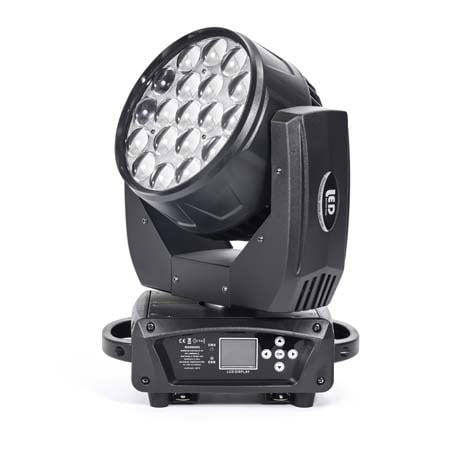






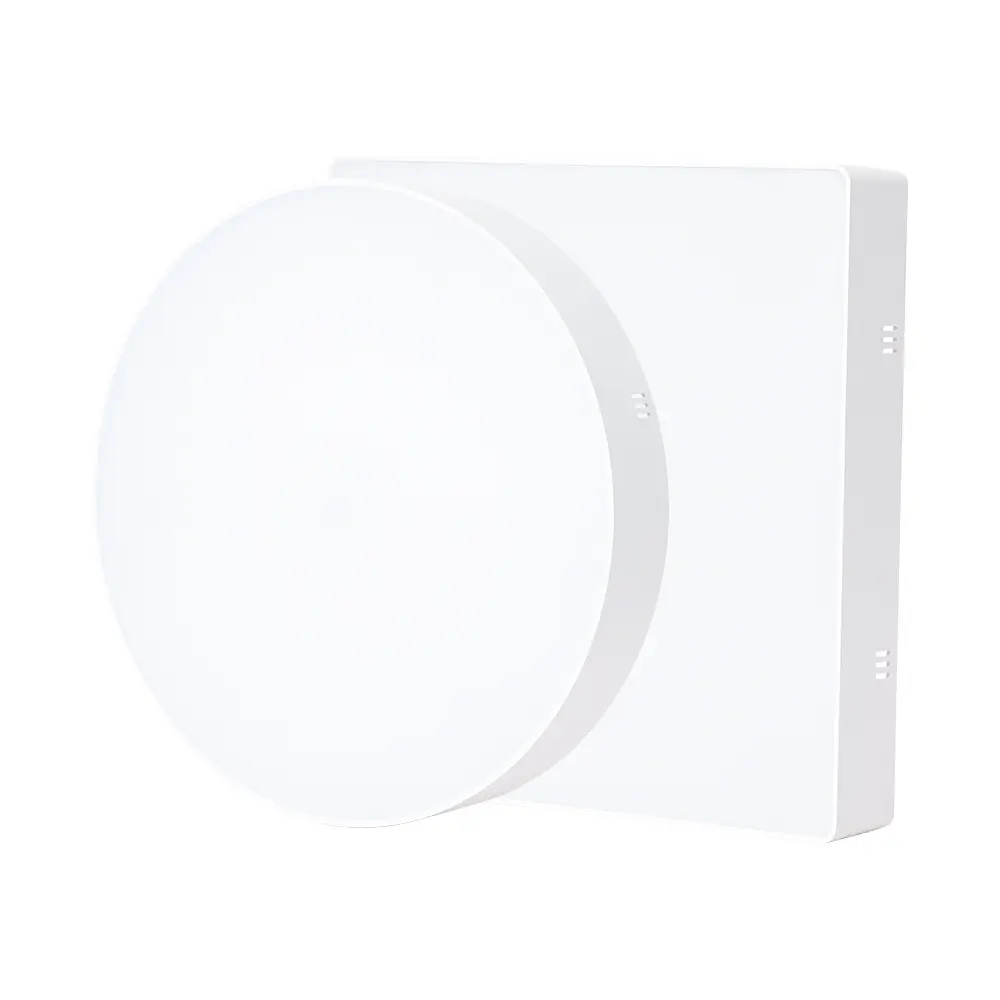

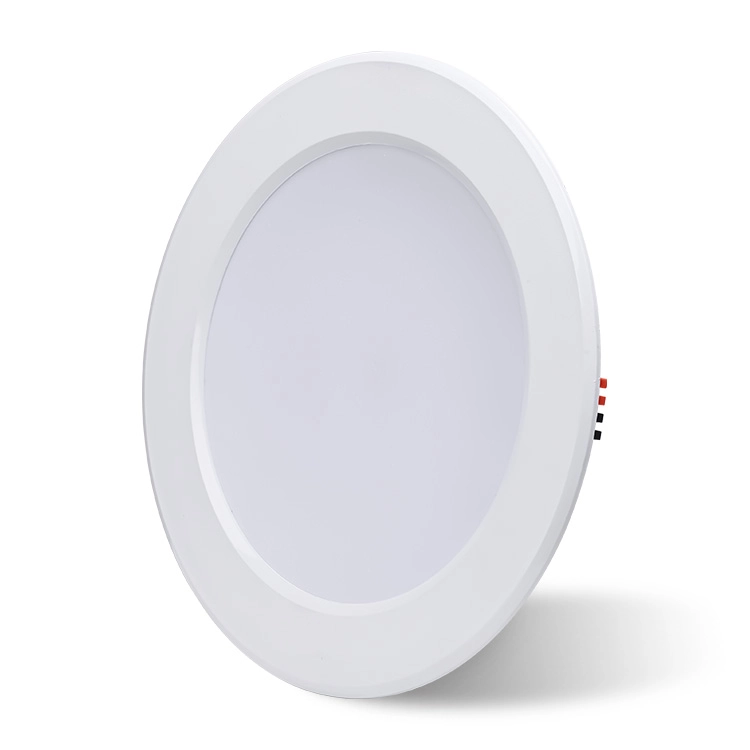
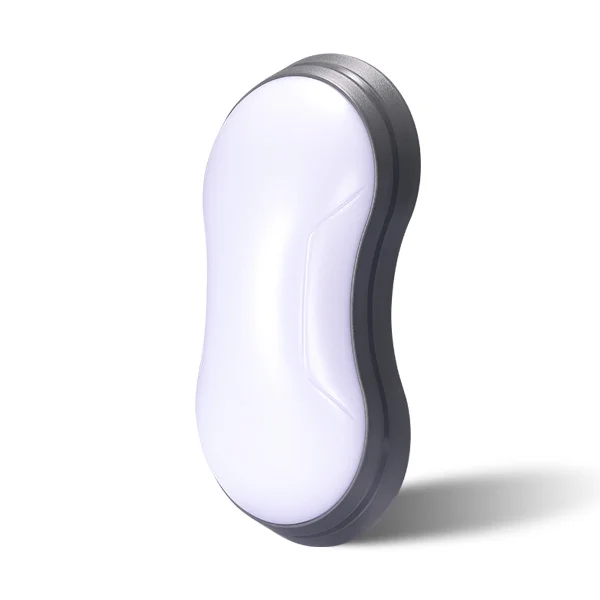

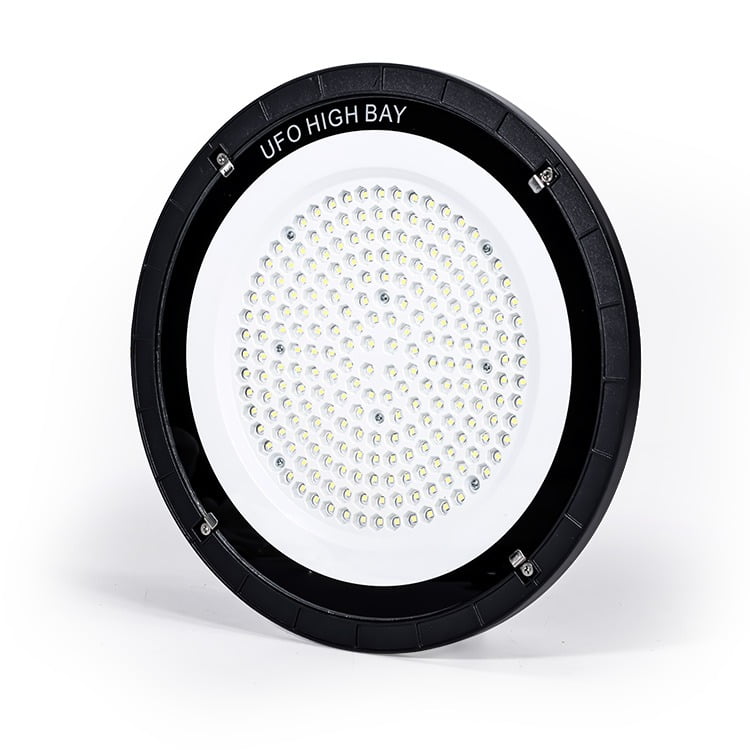
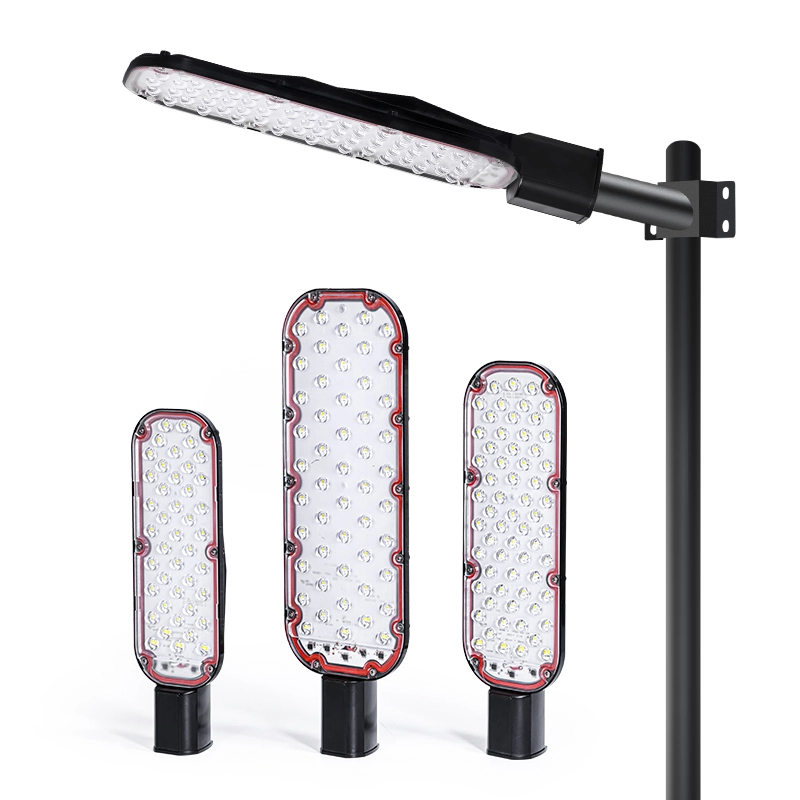

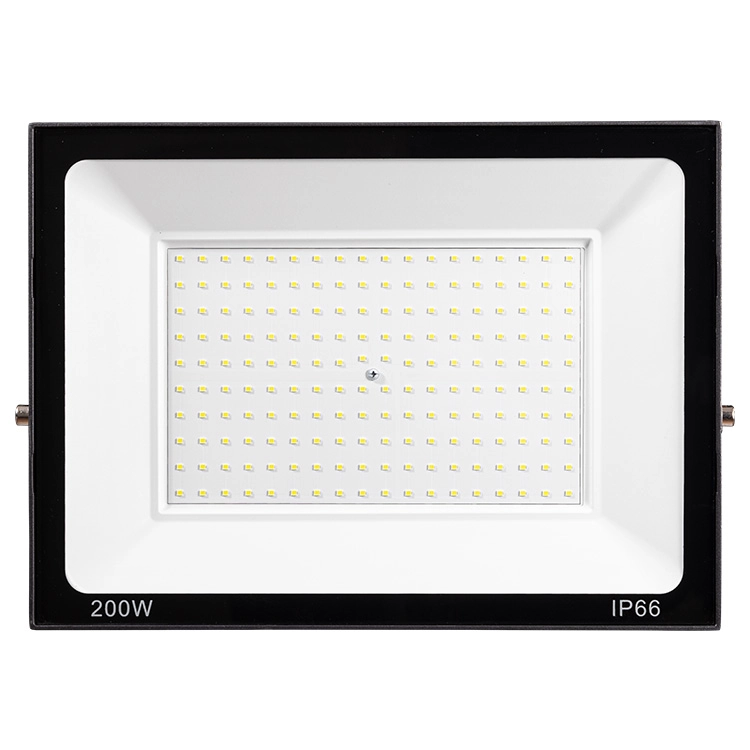
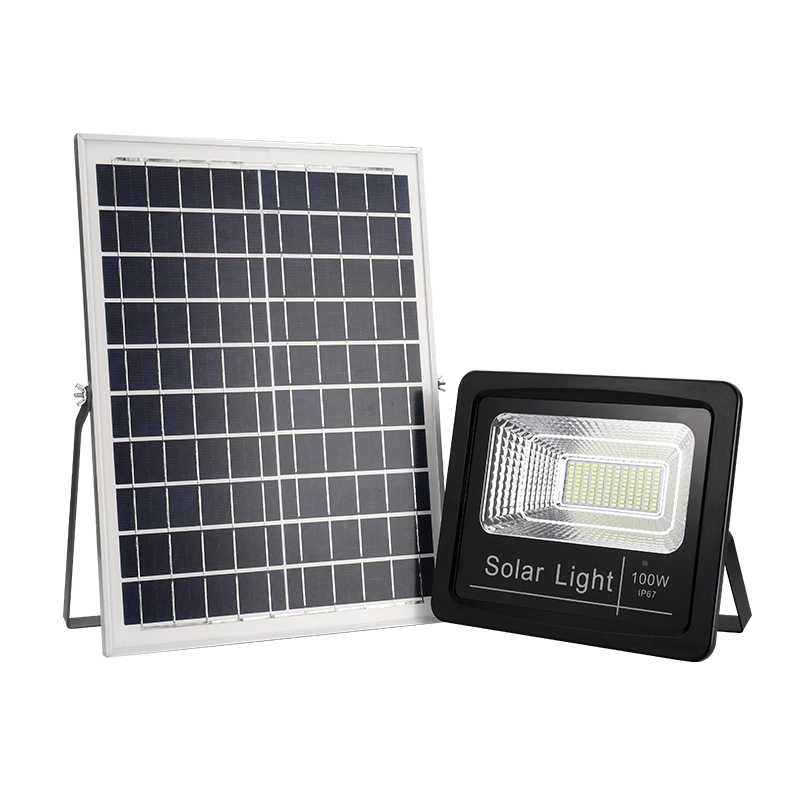




![led design ideas - 17 LED Design Ideas to Transform Your Home [February 2025] - Vorlane led design ideas - 17 LED Design Ideas to Transform Your Home [February 2025] - Vorlane](https://vorlane.com/wp-content/uploads/2025/01/led-design-ideas.webp)
![outdoor lighting ideas - 20 Brilliant Outdoor Lighting Ideas: Transform Yard [2025] - Vorlane outdoor lighting ideas - 20 Brilliant Outdoor Lighting Ideas: Transform Yard [2025] - Vorlane](https://vorlane.com/wp-content/uploads/2025/02/outdoor-lighting-ideas.jpg)
![disadvantages of led lights - Disadvantages of LED Lighting: Reveal Cost, Real Risk [2025] - Vorlane disadvantages of led lights - Disadvantages of LED Lighting: Reveal Cost, Real Risk [2025] - Vorlane](https://vorlane.com/wp-content/uploads/2025/01/disadvantages-of-led-lights.webp)
![Best LED Lights for Home - Best LED Lights for Home: Top Choices [2025] - Vorlane Best LED Lights for Home - Best LED Lights for Home: Top Choices [2025] - Vorlane](https://vorlane.com/wp-content/uploads/2025/01/Best-LED-Lights-for-Home.webp)
![beam angle calculator - Beam Angle Calculator – Simplify Lighting Calculations [2025] - Vorlane beam angle calculator - Beam Angle Calculator – Simplify Lighting Calculations [2025] - Vorlane](https://vorlane.com/wp-content/uploads/2025/01/beam-angle-calculator.webp)
![COB Light vs Panel Light - COB Light vs Panel Light: Understanding the Differences [2025 ] - Vorlane COB Light vs Panel Light - COB Light vs Panel Light: Understanding the Differences [2025 ] - Vorlane](https://vorlane.com/wp-content/uploads/2025/01/COB-Light-vs-Panel-Light.jpg)

